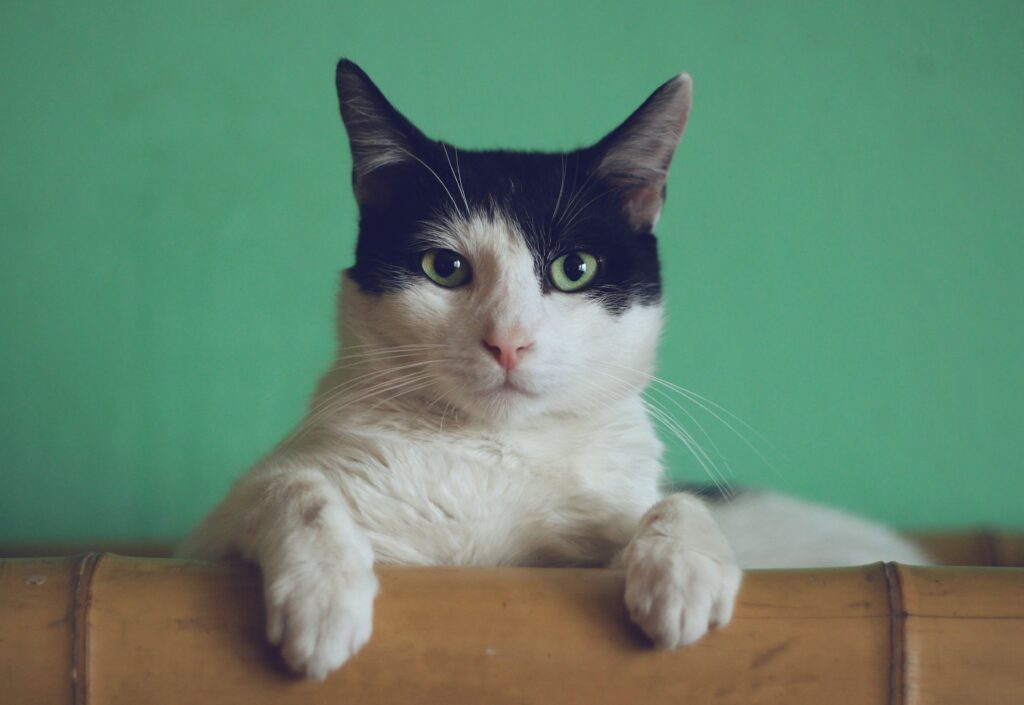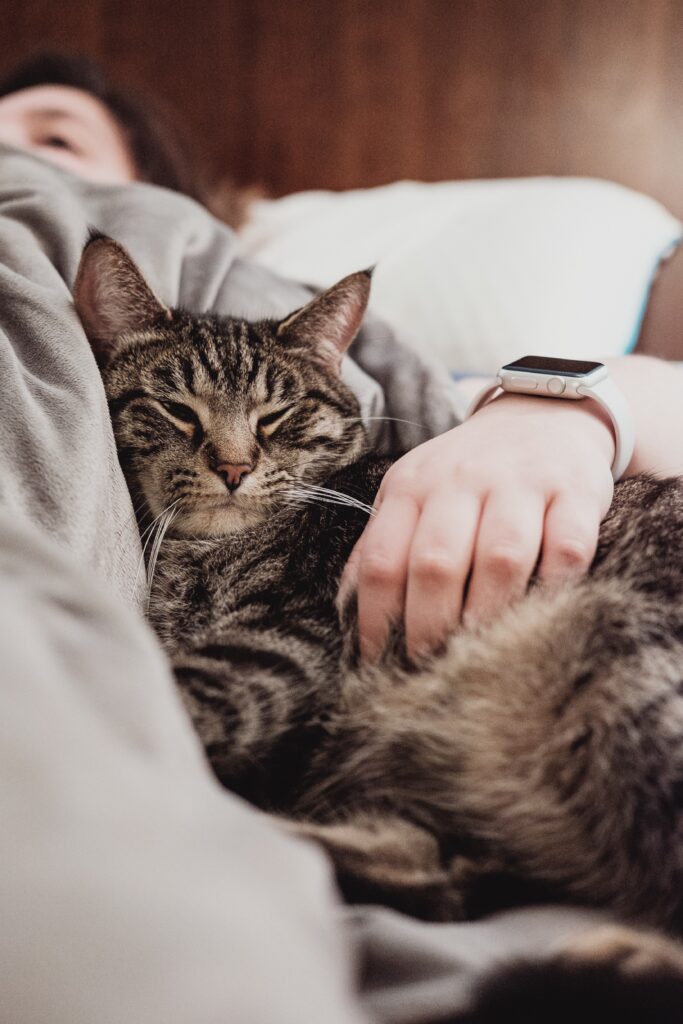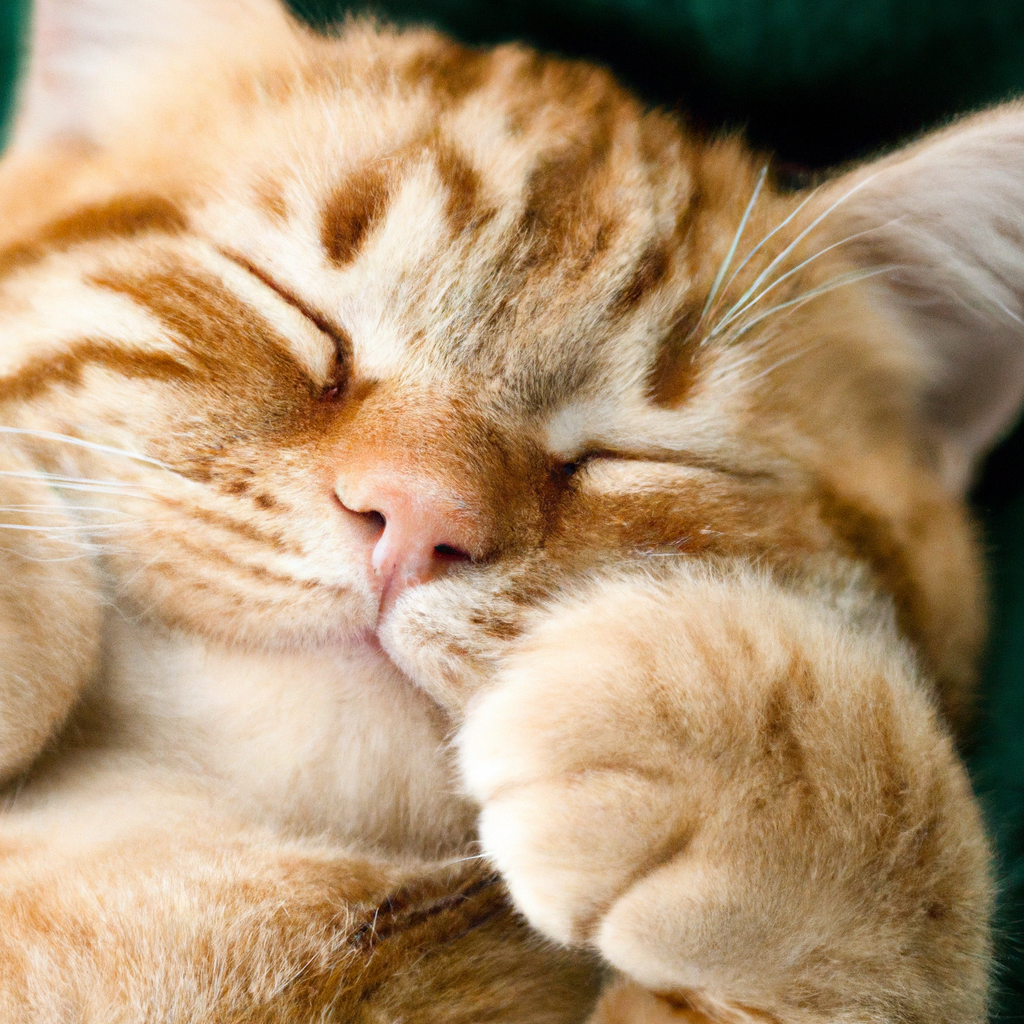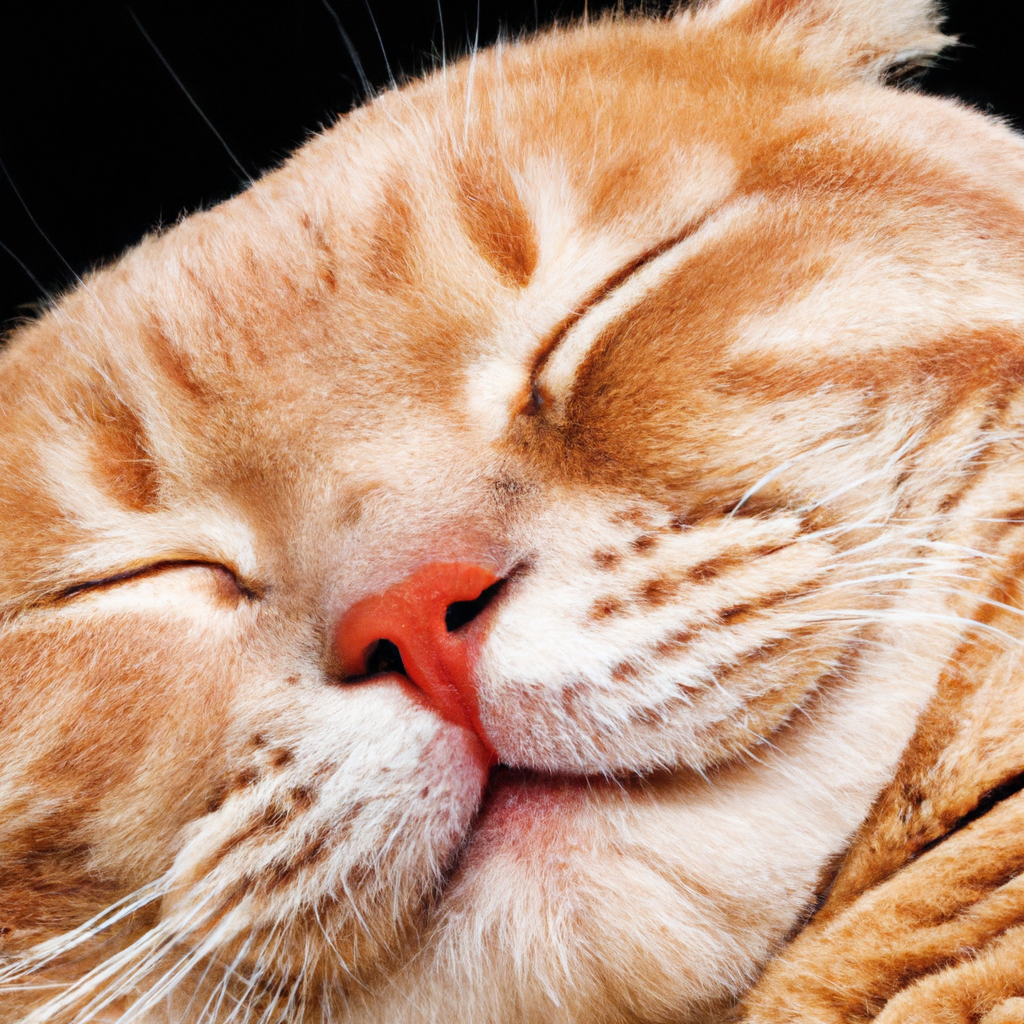
Have you ever wondered why cats purr and what it means? Cats have an incredible ability to produce a rhythmic vibrating sound that can elicit pure joy in their owners. But beyond bringing us comfort and a sense of tranquility, the act of purring serves a much deeper purpose for our feline friends. In this article, we will explore the fascinating world of cat purring, unraveling the mysteries behind this unique behavior and discovering what it truly means when your furry companion starts to purr. Get ready to be amazed by the incredible insights into the mind of a purring cat!
Table of Contents
Physical Causes of Purring
Vibration of the Vocal Cords
The first physical cause of purring is the vibration of the vocal cords. When a cat purrs, the muscles around their larynx contract, causing the vocal cords to vibrate. This vibration produces the characteristic purring sound that we all know and love. It’s like a cat’s own little motor running, and it can be both soothing and comforting to not only the cat but also to the humans around them.
Rapid Diaphragmatic Contractions
Another physical cause of purring is the rapid diaphragmatic contractions that occur when a cat is purring. The diaphragm is a muscle located between the chest and the abdomen, and when it contracts rapidly, it stimulates the flow of air in and out of the lungs. This rapid movement creates the rhythmic purring sound we associate with contented cats. These contractions serve as a mechanism for cats to regulate and control their breathing while purring.
Emotional and Social Significance of Purring
Contentment and Relaxation
Purring is often associated with contentment and relaxation in cats. When a cat is curled up in your lap, purring away, it’s a sure sign that they are feeling calm and happy. Purring can also occur during sleep, indicating that the cat is completely at ease and comfortable in their environment. It’s a way for cats to express their sense of security and contentment.
Bonding and Affection
Purring also plays a significant role in bonding and affection between cats and humans. When a cat purrs, it can be an invitation for human interaction. Many cats purr while being petted or cuddled, indicating that they are enjoying the physical contact and connection. This mutual act of purring helps to strengthen the bond between cats and their human companions.
Communication with Humans and Other Cats
Purring is not only a means of communication between cats and humans, but also between cats themselves. Mother cats purr to communicate with their kittens, providing them with a sense of security and comfort. Adult cats may purr to signal friendliness and non-aggressive intentions towards other cats. Purring can also be a way for cats to communicate their needs or desires to their human caregivers.

The Evolutionary Purpose of Purring
Kitten-Parent Communication
One of the evolutionary purposes of purring is its role in kitten-parent communication. When kittens are born, they are blind and deaf, making it difficult for them to communicate with their mother. Purring serves as a way for the mother cat to reassure her kittens and guide them towards her for warmth and nourishment. The vibrations from the purring can help guide the helpless kittens towards their mother’s body.
Self-Soothing Mechanism
Purring also serves as a self-soothing mechanism for cats. When a cat is stressed, anxious, or in pain, purring can help them calm down and feel more at ease. The vibrations produced during purring have a comforting effect on cats, reducing their stress levels and promoting relaxation. It’s like a natural form of therapy that cats can engage in whenever they need some emotional support.
Territory Marking and Communication
In addition to communication between cats and humans, purring also serves as a means of territory marking and communication among cats. When a cat purrs, it can release pheromones that mark their territory, sending a message to other cats that the area is already claimed. This form of communication helps cats establish boundaries and maintain social order within their communities.
Benefits of Purring for Cats
Reduced Stress and Anxiety
One of the benefits of purring for cats is that it helps reduce stress and anxiety. In stressful situations, such as visiting the veterinarian or being in a new environment, a cat may start purring as a way to calm themselves down. The rhythmic vibrations and comforting sounds help them relax and feel more secure in unfamiliar surroundings. Purring acts as a coping mechanism for cats in times of stress.
Pain Relief and Healing
Purring has been linked to pain relief and healing in cats. It is believed that the vibrations produced during purring can stimulate the body’s natural healing processes and promote faster recovery from injuries or illnesses. The low-frequency vibrations may have a therapeutic effect on the cat’s muscles and bones, aiding in pain management and reducing inflammation. It’s like a built-in mechanism for cats to help themselves heal.
Lowered Heart Rate and Blood Pressure
Studies have shown that the act of purring can lead to a lower heart rate and blood pressure in cats. The calming effect of purring helps regulate the cat’s cardiovascular system, promoting overall heart health. This is especially beneficial for older cats or cats with underlying health conditions. Purring can provide a natural way for cats to maintain their cardiovascular function and improve their overall well-being.

Variations in Purring
Different Purring Tones and Intensities
Not all purrs are created equal. Cats can produce purring sounds with different tones and intensities. Some cats have deep, rumbling purrs, while others have softer, more high-pitched purrs. The variation in purring tones and intensities may be indicative of the individual cat’s personality or physical characteristics. It’s like their own unique signature, representing their distinctiveness within the feline world.
Frequency and Duration of Purring
The frequency and duration of purring can also vary among cats. Some cats may be more prone to frequent purring, while others may only purr on specific occasions. The duration of purring can vary from short bursts to prolonged sessions. It’s important to pay attention to these variations as they can provide insights into the cat’s emotional state and well-being. If a cat suddenly stops purring or purrs excessively, it may be a sign of underlying issues that need to be addressed.
Contextual Differences in Purring
Purring can also vary based on the context in which it occurs. Cats may purr differently when they are engaging in different activities or interacting with different individuals. For example, a cat may purr more loudly and intensely when they are playing or excited, compared to when they are resting or feeling calm. Similarly, a cat may purr differently when interacting with their human caregiver versus another cat. These contextual differences in purring add depth to the communication between cats and their environment.
Possible Medical Reasons for Abnormal Purring
Respiratory or Laryngeal Issues
Abnormal purring can be a sign of underlying respiratory or laryngeal issues in cats. If a cat’s purring sounds wheezy, raspy, or strained, it may indicate a problem with their airways. Conditions such as asthma, allergies, or infections can affect a cat’s ability to purr normally. It’s important to monitor any changes in a cat’s purring and seek veterinary attention if there are concerns about their respiratory health.
Pain or Discomfort
Abnormal purring can also be a sign of pain or discomfort in cats. Cats may purr excessively or differently when they are experiencing pain, such as from injuries or chronic conditions like arthritis. If a cat’s purring seems out of the ordinary and is accompanied by other signs of distress, it’s crucial to have them evaluated by a veterinarian to identify and address the underlying cause of their discomfort.
Stress or Anxiety Disorders
Stress or anxiety can also manifest in abnormal purring behavior. Cats that are experiencing heightened levels of stress or anxiety may exhibit changes in their purring patterns. They may purr excessively, inappropriately, or not at all. These abnormal purring behaviors should not be overlooked, as they may be an indication of the cat’s emotional well-being. Providing a calm and enriched environment for the cat and seeking professional advice may help alleviate their stress and anxiety.

Cat Breeds with Unique Purring Tendencies
Sphynx Cats – Silent Purrers
Sphynx cats, known for their lack of fur, have a unique purring tendency – they are silent purrers. Due to their hairless nature, the sound of their purring is often muffled or completely quiet. However, their vibrations can still be felt, and they exhibit all the other signs of contentment associated with purring. So while you may not hear the purring of a Sphynx cat, you can still feel their affection and companionship.
Maine Coon Cats – Mighty Purrers
Maine Coon cats, with their large size and gentle nature, are mighty purrers. They have a deep, resonant purr that can be quite powerful. When a Maine Coon cat purrs, you can feel the vibrations reverberating through their bodies. It’s like they are sharing their immense love and happiness with you, enveloping you in their comforting purring embrace.
Ragdoll Cats – Melodic Purrers
Ragdoll cats, known for their docile and relaxed nature, are melodic purrers. Their purring is often a harmonious blend of different pitches and tones, creating a melodious purring symphony. These gentle giants take purring to a whole new level, creating a soothing and tranquil environment with their enchanting purring melodies.
Can Purring Be Ethically Wrong or Cruel?
Debates on Purring in Certain Situations
While purring is generally associated with positive emotions and well-being in cats, there have been debates about the ethics of purring in certain situations. Some argue that cats may purr out of fear or distress, which raises questions about the true meaning behind the purring behavior. It’s important to be mindful of the cat’s overall well-being and consider their entire body language and context when interpreting their purring behavior.
Purring in Captivity or Domestication
Another ethical concern regarding purring arises when considering the impact of captivity or domestication on a cat’s ability to express natural behaviors. Some argue that purring in domesticated cats may have become more of a response to human interactions, rather than purely an instinctual behavior. While cats in captivity or domesticated settings may still purr as a comforting mechanism, it’s essential to create an environment that allows them to express their natural behaviors freely.

How to Interpret a Cat’s Purring
Understanding the Context
Interpreting a cat’s purring requires an understanding of the context in which it occurs. Consider the cat’s body language, environment, and recent interactions. Purring when a cat is being petted and appears relaxed is likely a sign of contentment. On the other hand, purring when a cat is in pain or distress may indicate the need for immediate attention. By observing the context, you can better understand what the cat’s purring means.
Observing Other Body Language
Purring should never be interpreted in isolation. It’s crucial to consider other aspects of the cat’s body language to get a complete picture of their emotional state. Look for signs of tension, aggression, fear, or other physical cues that may provide additional insight into how the cat is truly feeling. By observing the cat’s overall body language, you can better interpret the meaning and intention behind their purring.
Seeking Professional Advice when Unsure
If you are unsure about the meaning behind a cat’s purring or have concerns about their well-being, it’s always best to seek professional advice. A veterinarian or animal behaviorist can provide expert guidance and help address any underlying health or behavioral issues. They can assess the cat’s purring behavior in the context of their overall health and provide recommendations tailored to their specific needs.
Conclusion
In conclusion, purring is a fascinating and complex behavior exhibited by cats. It has both physical causes and emotional or social significance. Purring serves many purposes, such as communicating contentment, bonding, and even marking territory. It provides various benefits to cats, including stress relief, pain management, and cardiovascular health. Understanding the variations in purring and being aware of possible medical reasons for abnormal purring is important in maintaining a cat’s well-being. By interpreting a cat’s purring in the right context, observing their body language, and seeking professional advice when necessary, we can deepen our understanding of cats and ensure their emotional and physical needs are met. So next time you hear your feline friend purring, remember that they are communicating their feelings, sharing their affection, and inviting you into their world of comfort and contentment.

